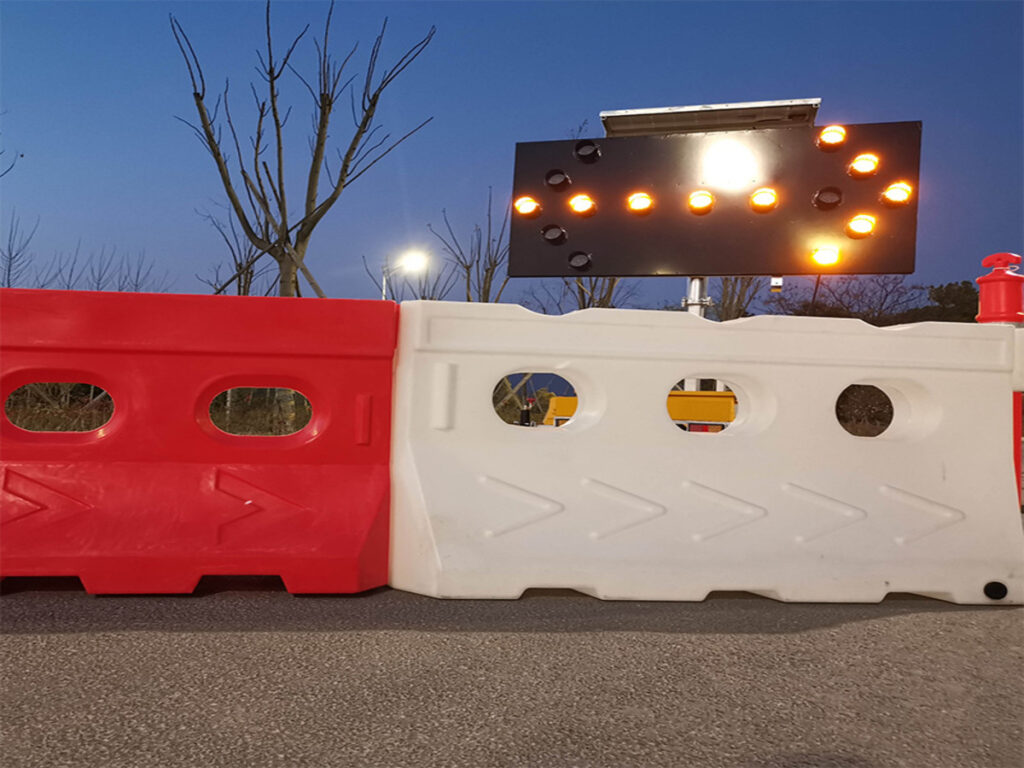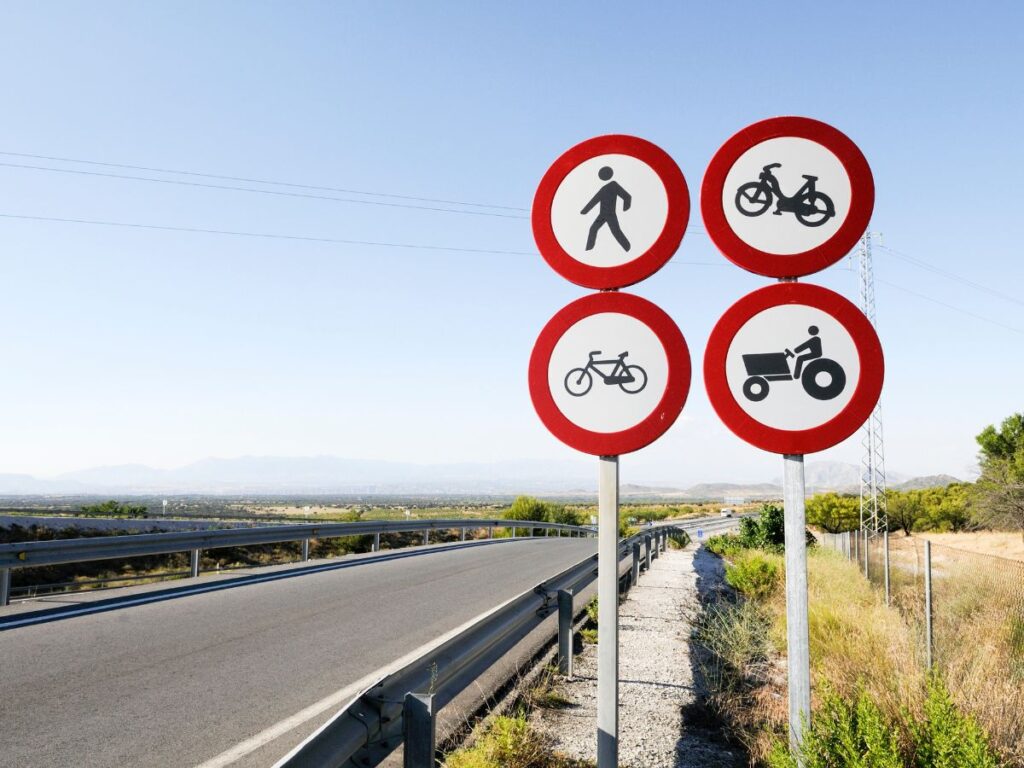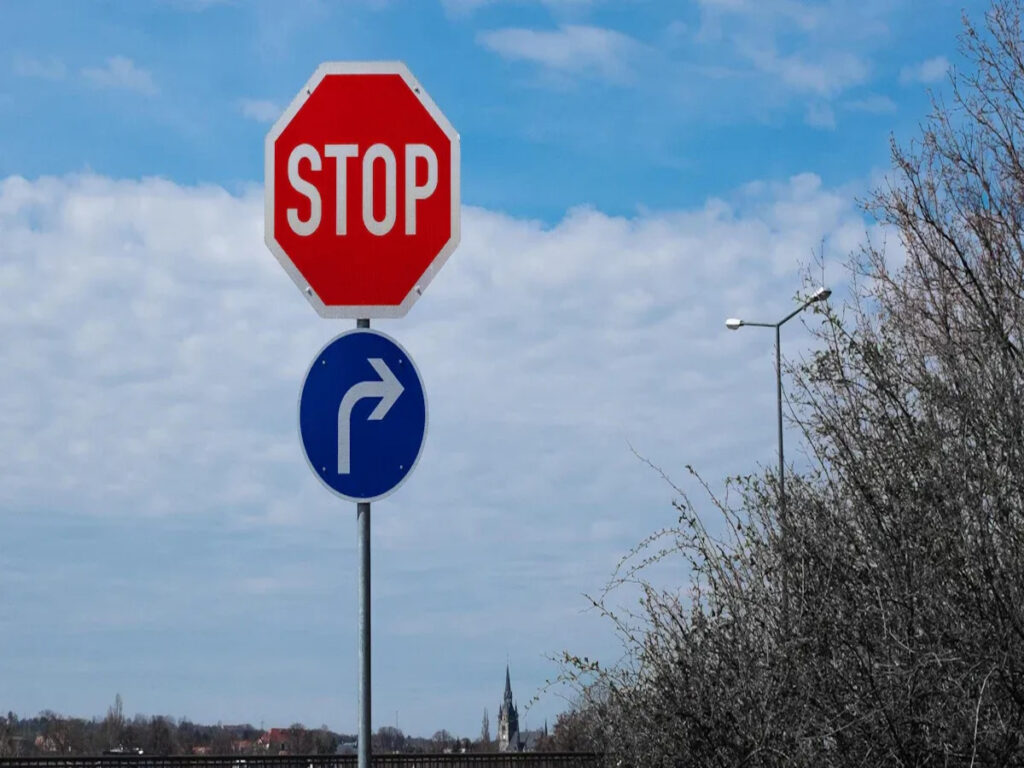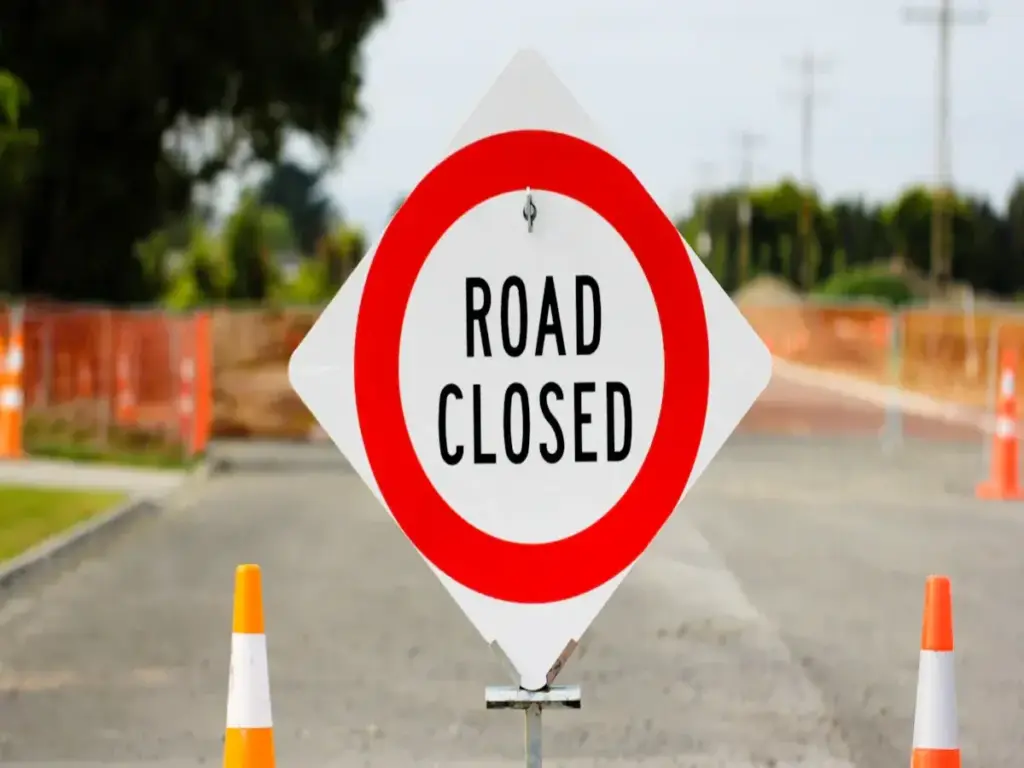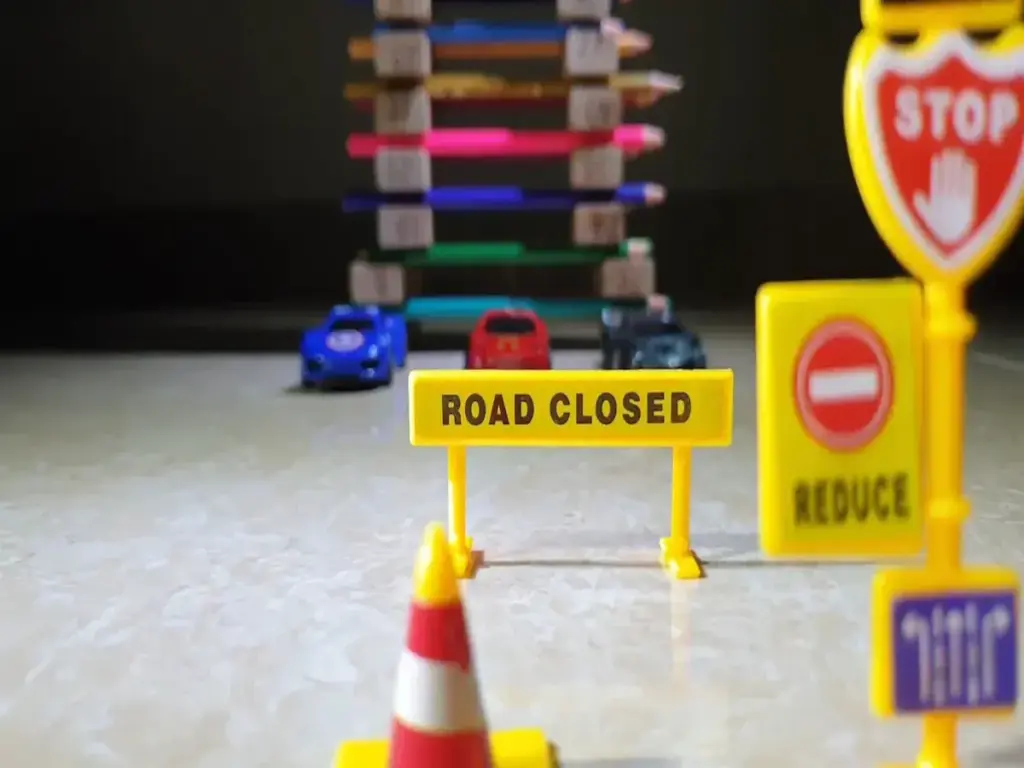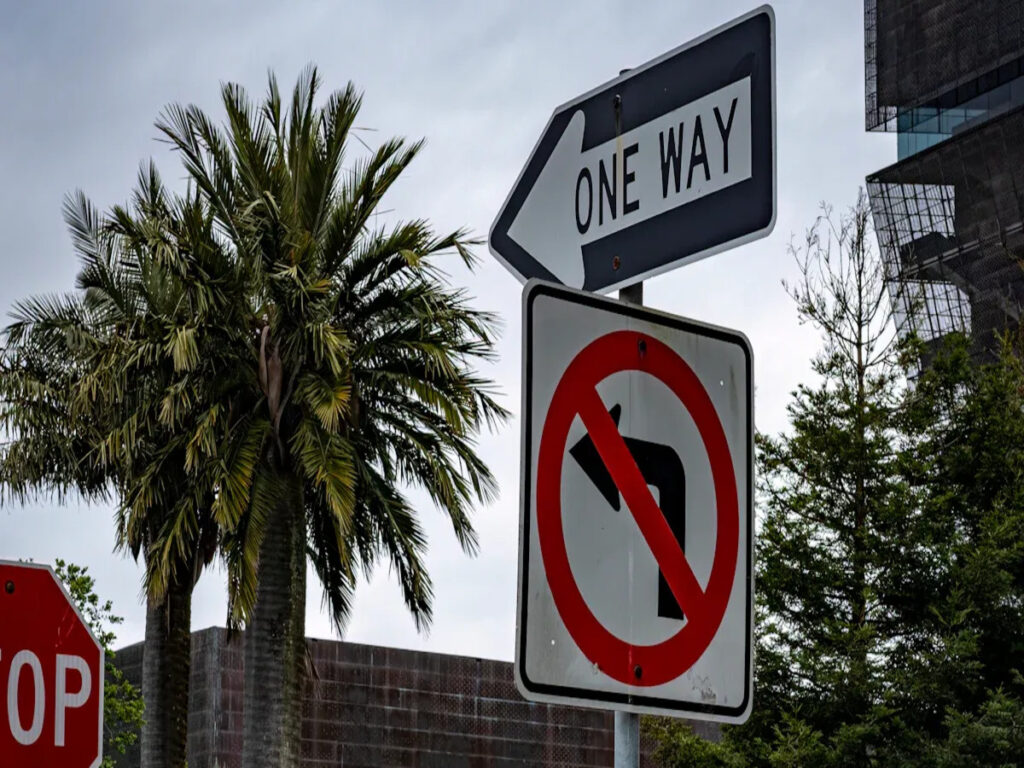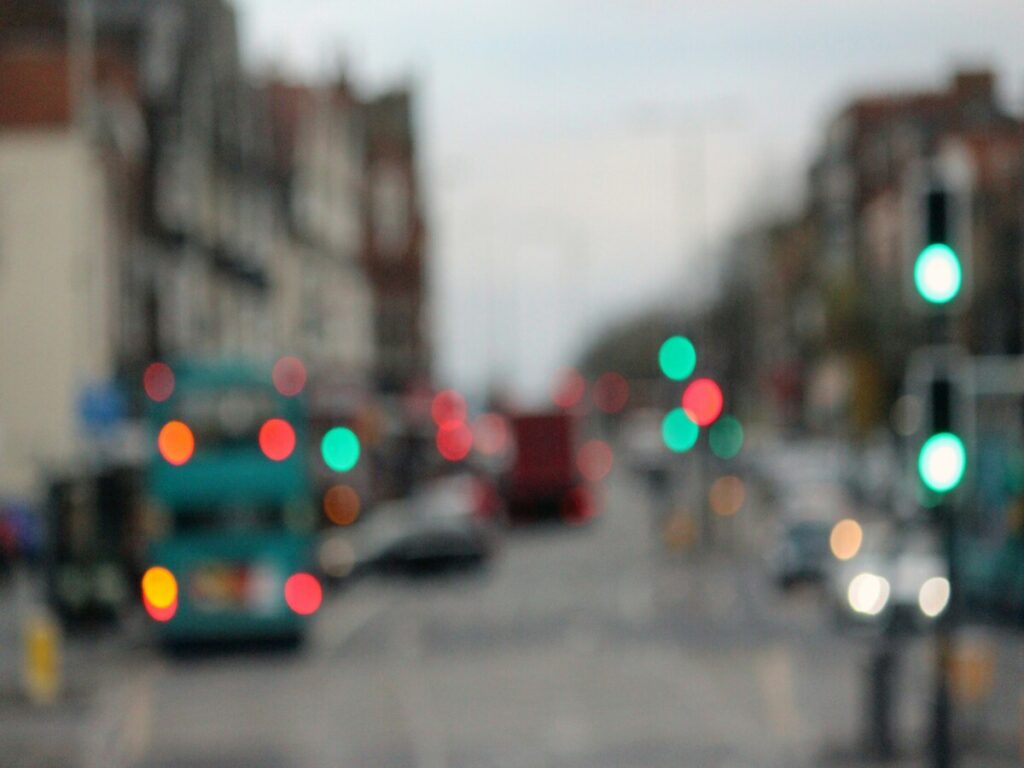
Molti lavoratori ora utilizzano segnali magnetici per il controllo del traffico nei luoghi in movimento. Questi segni sono flessibili, ma la sicurezza è ancora molto importante. Quando i lavoratori utilizzano i segnali di controllo del traffico per edifici o lavori stradali, devono verificare se i segnali magnetici sono sufficientemente sicuri. Questi segnali aiutano le squadre ad agire velocemente. La sicurezza dipende da quanto bene aderiscono i cartelli magnetici. I segnali di controllo del traffico devono seguire rigide regole di sicurezza. La giusta segnaletica può rendere le cose più sicure per conducenti e lavoratori. I segnali magnetici consentono alle persone di cambiare rapidamente i segnali, ma ogni segno deve mantenere forte la sicurezza. I segnali di controllo del traffico sono importanti per garantire la sicurezza di tutti. La segnaletica deve restare chiara e ben visibile. I segnali magnetici semplificano lo spostamento dei segnali di controllo del traffico quando necessario. La scelta della segnaletica magnetica dovrebbe sempre mettere la sicurezza al primo posto. I buoni segnali aiutano a mantenere la sicurezza ad ogni passo.
A Optraffic, comprendiamo che la sicurezza è la massima priorità nel controllo del traffico. Ecco perché offriamo una gamma di Segni di sicurezza del traffico che garantiscono flessibilità e affidabilità, assicurando che il tuo team possa adattarsi rapidamente mantenendo i più elevati standard di sicurezza.
Flessibilità
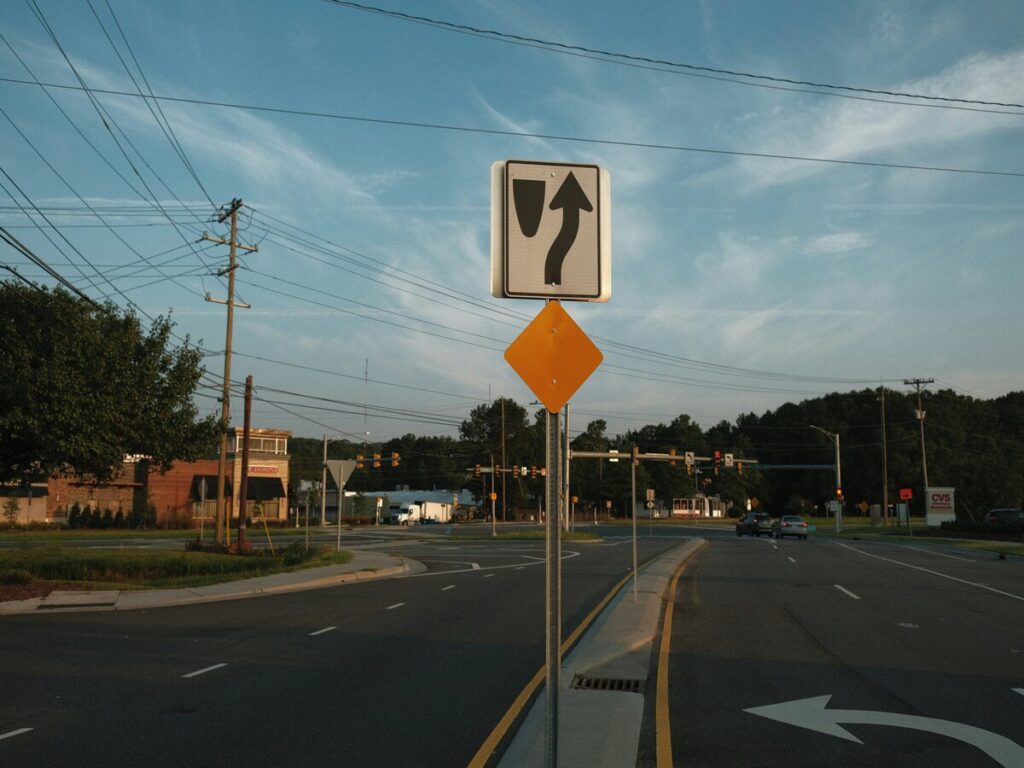
Installazione e rimozione
La segnaletica magnetica semplifica la gestione dei segnali di controllo del traffico. I lavoratori possono applicare questi segnali sul metallo in pochi secondi. Non hanno bisogno di strumenti speciali o attrezzature extra. Ciò fa risparmiare tempo e facilita il lavoro. Le squadre possono rimuovere rapidamente i segnali quando necessario. Togliere i segnali di controllo del traffico non danneggia le auto o le barriere. I cartelli magnetici non lasciano segni o oggetti appiccicosi. Le squadre possono utilizzare la stessa segnaletica ancora e ancora. Questo aiuta quando i progetti si spostano in nuovi posti. La segnaletica personalizzata può adattarsi a molte forme e dimensioni. È semplice soddisfare le esigenze di ogni lavoro.
Mancia: La configurazione e la rimozione rapide aiutano i team ad agire rapidamente quando le strade cambiano.
Adattabilità
L’adattabilità è un grande punto di forza della segnaletica magnetica. I lavori stradali e le zone edificabili cambiano molto. Le squadre spesso spostano i segnali di controllo del traffico in nuovi punti. I cartelli magnetici sono facili da spostare e riporre. I lavoratori possono modificare la segnaletica quando cambia il traffico. Questo aiuta a proteggere i conducenti e i lavoratori. La segnaletica personalizzata consente ai team di realizzare segnali per lavori speciali. Per esempio, una squadra potrebbe aver bisogno di un avvertimento speciale per un pericolo breve. La segnaletica magnetica aiuta immediatamente a soddisfare queste esigenze. Le squadre possono scambiarsi i cartelli non appena le cose cambiano. Ciò mantiene l'area di lavoro pulita e pulita.
- La segnaletica magnetica funziona bene per:
- Chiusure di corsie
- Deviazioni
- Limiti di velocità temporanei
- Situazioni di emergenza
La segnaletica personalizzata garantisce che ogni messaggio si adatti a ciò che è necessario ora. Le squadre non perdono tempo a cercare i segnali giusti. Possono cambiare subito la segnaletica.
Costo e tempo
La segnaletica magnetica è una buona scelta per lavori brevi. Le squadre risparmiano denaro perché non acquistano ogni volta nuovi cartelli. La segnaletica personalizzata può essere utilizzata in molti siti. Ciò significa meno sprechi e minori costi. L'installazione rapida significa meno tempo per l'installazione dei segnali. I lavoratori possono svolgere altri lavori importanti. I cartelli magnetici risparmiano anche sui costi di trasporto. Le squadre possono trasportare più cartelli in un piccolo spazio. Ciò aiuta i progetti a terminare in tempo e a non spendere troppo.
| Beneficio | Segnaletica magnetica | Segnaletica tradizionale |
|---|---|---|
| Tempo di installazione | Molto veloce | Più lentamente |
| Riusabilità | Alto | Limitato |
| Costo | Inferiore | Più alto |
| Adattabilità | Eccellente | Moderare |
La segnaletica personalizzata consente ai team di realizzare i segnali di cui hanno bisogno. Ciò significa che non è necessario conservare molti segnali. La segnaletica magnetica aiuta i team a cambiare rapidamente i segnali e a contenere i costi.
Vantaggi della segnaletica di sicurezza
Visibilità
La visibilità è uno dei principali vantaggi della segnaletica di sicurezza. La segnaletica di sicurezza magnetica aiuta i lavoratori e gli autisti a vedere chiaramente i messaggi. Questo è vero anche quando le cose sono impegnative o cambiano. Una buona visibilità consente ai conducenti di vedere i segnali da molto lontano. Hanno tempo per reagire. I segnali magnetici utilizzano colori vivaci e lettere grandi per attirare l'attenzione. Molti team scelgono segnaletica personalizzata per ogni lavoro. Questo assicura che ogni messaggio risalti.
LED "Piano di risposta all'azione di attivazione".’ i segnali indicatori rendono i segnali ancora più facili da vedere. Questi segnali brillano in caso di maltempo o quando è buio. I conducenti non devono cercare attentamente i segnali. Non hanno bisogno di ricordare dove sono i segnali. Questo aiuta a fermare la confusione e mantiene le persone al sicuro. La segnaletica di sicurezza magnetica funziona bene su veicoli da cantiere e barriere mobili. È adatto anche per lavori stradali temporanei. Le squadre possono posizionare i segnali dove siano facili da vedere. Possono spostarli se necessario.
Nota: L'elevata visibilità della segnaletica di sicurezza riduce il rischio di incidenti. Aiuta anche il traffico a muoversi bene.
Risposta rapida
Una risposta rapida è molto importante quando il traffico cambia velocemente. La segnaletica di sicurezza magnetica aiuta le squadre ad agire rapidamente. Le squadre possono montare o smontare la segnaletica in pochi secondi. Ciò semplifica l'aggiornamento immediato dei messaggi di sicurezza. La segnaletica personalizzata aiuta i team ad affrontare nuovi pericoli o cambiamenti.
La segnaletica di sicurezza magnetica presenta molti vantaggi in termini di risposta rapida:
- Le squadre possono posizionare o spostare i segnali velocemente.
- I messaggi di sicurezza possono cambiare quando cambia il traffico.
- La segnaletica personalizzata si adatta a esigenze speciali, come chiusure improvvise di corsia o deviazioni di emergenza.
I segnali programmabili rendono le cose ancora più veloci. I lavoratori possono modificare i messaggi senza scambiare l'intero segno. Ciò fa risparmiare tempo e mantiene le persone al sicuro. La segnaletica di sicurezza magnetica è utile anche in caso di emergenza. Le squadre possono avvisare gli autisti dei pericoli o guidarli in sicurezza.
I vantaggi della segnaletica di sicurezza sono una migliore visibilità, azione più rapida, e più sicurezza per tutti. La segnaletica magnetica offre ai team ciò di cui hanno bisogno per mantenere il traffico sicuro e organizzato.
Rischi e sicurezza
Problemi di stabilità
La stabilità è una parte fondamentale della sicurezza nel controllo del traffico. La segnaletica magnetica deve rimanere sempre al suo posto. Se i segnali si muovono o cadono, i driver potrebbero non vedere il messaggio. Ciò può causare confusione o addirittura incidenti. Le squadre dovranno verificare che ogni cartello aderisca bene alla superficie metallica. Alcune superfici potrebbero non contenere segni magnetici così come altre. Un segnale allentato può diventare un pericolo. La segnaletica di sicurezza non deve spostarsi o cadere, anche quando i veicoli si muovono o si fermano velocemente.
A volte, i segni possono essere messi nel posto sbagliato. La segnaletica fuori posto può inviare il messaggio sbagliato. Ciò può indurre i conducenti a fare scelte non sicure. Le squadre devono sempre ricontrollare la posizione di ciascun segnale. Il furto è un altro rischio. Le persone possono rimuovere la segnaletica dai veicoli o dalle barriere. La segnaletica mancante può abbandonare l'area di lavoro senza avvertimenti chiari. La sicurezza dipende dal fatto che ogni segnale rimanga dove dovrebbe.
Avviso: Controllare sempre che tutta la segnaletica sia fissa prima di iniziare il lavoro. I segnali mancanti o allentati possono mettere tutti a rischio.
Fattori ambientali
Il tempo può cambiare il funzionamento della segnaletica magnetica. Il vento è un grosso problema per la segnaletica sui veicoli in movimento o sulle barriere aperte. Forti raffiche di vento possono staccare i segni dalle superfici metalliche. Le squadre devono testare la segnaletica nelle aree ventose per assicurarsi che rimanga al suo posto. Anche la pioggia e la neve possono influenzare l'adesione dei segnali. Le superfici bagnate possono indebolire la presa dei segnali magnetici. Il clima freddo o caldo può modificare la forza dei magneti. Le temperature estreme possono rendere la segnaletica meno affidabile.
Gli ambienti ad alta velocità aggiungono più rischi. Quando i veicoli si muovono velocemente, l'aria spinge forte contro i segni. Ciò può causare il distacco dei cartelli. La segnaletica di sicurezza deve rimanere al suo posto, anche a velocità più elevate. Le squadre dovrebbero evitare di utilizzare la segnaletica magnetica dove i veicoli viaggiano molto velocemente. In questi luoghi, altri tipi di segnali di pericolo potrebbero funzionare meglio.
La visibilità può diminuire in caso di maltempo. Piovere, nebbia, oppure la neve può rendere difficile vedere la segnaletica. Le squadre dovrebbero utilizzare colori vivaci e materiali riflettenti per aiutare i conducenti a individuare i segnali di sicurezza. Una buona visibilità è fondamentale per garantire la sicurezza di tutti.
| Fattore ambientale | Impatto sulla segnaletica | Suggerimento per la sicurezza |
|---|---|---|
| Vento | Potrebbe staccare i segnali | Testare la presa prima dell'uso |
| Pioggia/neve | Indebolisce la presa | Superficie asciutta prima del posizionamento |
| Temperatura | Cambia la forza | Effettua il check-in con tempo caldo/freddo |
| Velocità | Aumenta il rischio | Utilizzare in zone a bassa velocità |
Conformità
Il rispetto delle norme di sicurezza è vitale in ogni progetto. Le squadre devono seguire tutti i locali e norme nazionali per la segnaletica stradale. Ogni segno deve soddisfare le regole per le dimensioni, colore, e posizionamento. La segnaletica di sicurezza deve essere facile da vedere e comprendere. Se le squadre non seguono le regole, rischiano multe o problemi legali. Ancora più importante, una scarsa osservanza può mettere in pericolo la vita.
I produttori forniscono istruzioni chiare per l'utilizzo della segnaletica magnetica per il controllo del traffico. I team dovrebbero leggere e seguire queste guide. Ciò aiuta a mantenere la segnaletica sicura ed efficace. Controlli regolari aiutano a garantire che tutti i segnali soddisfino gli standard di sicurezza. I team dovrebbero utilizzare una lista di controllo prima di ogni lavoro. Ciò mantiene elevata la conformità e riduce gli errori.
Mancia: Utilizzare sempre una lista di controllo per rivedere la segnaletica prima di iniziare il lavoro. Ciò aiuta a mantenere la sicurezza e la conformità ai massimi livelli.
La sicurezza è l'obiettivo principale di ogni lavoro di controllo del traffico. Le squadre devono utilizzare la giusta segnaletica, verificare i rischi, e seguire tutte le regole. Una buona pianificazione e controlli regolari aiutano a garantire la sicurezza di tutti sulla strada.
Limitazioni dei segni magnetici
Zone ad alta velocità
La segnaletica magnetica è flessibile per molti lavori. Ma non funziona bene nelle zone ad alta velocità. Le auto veloci fanno sì che l'aria e il vento forti spingano sui segnali. Ciò può far sì che i cartelli si muovano o addirittura cadano dal metallo. Le squadre devono pensare a questi rischi prima di utilizzare la segnaletica magnetica su autostrade o strade trafficate.
La tabella seguente mostra il confronto tra la segnaletica magnetica e altri dispositivi di rilevamento nelle aree veloci:
| Aspetto | Dettagli |
|---|---|
| Vantaggi | Non molto influenzato dallo stress del traffico; invia i dati in modalità wireless; funziona per alcune strade veloci. |
| Svantaggi | Necessita della chiusura della corsia per l'installazione; piccole zone di rilevamento; non sempre riesco a individuare le auto ferme. |
| Installazione | Necessita di foratura e inserimento di sensori; Necessaria la chiusura della corsia. |
| Capacità | Fornisce dati in tempo reale ma potrebbe perdere alcune auto. |
| Contesto applicativo | Realizzato per autostrade e grandi strade, ma non sempre per mostrare segni. |
La segnaletica magnetica potrebbe non rimanere posizionata in caso di vento forte o con auto veloci. In questi luoghi, le squadre dovrebbero utilizzare materiali e modi più resistenti per tenere i segnali. I segnali di controllo del traffico in alluminio con bulloni o pali sono più stabili. Queste scelte aiutano a mantenere i segnali sicuri e facili da vedere.
Nota: Scegli sempre il segnale giusto in base alla velocità e alle condizioni della strada.
Uso permanente
Il controllo permanente del traffico necessita di segnaletica che duri all'esterno per anni. I segnali magnetici sono realizzati per lavori brevi e facili da spostare. Non durano quanto i cartelli in alluminio o plastica. Segni di alluminio può durare fino a otto anni e resistere alle intemperie. I cartelli in plastica funzionano bene per uno o due anni all'esterno. La segnaletica magnetica è riutilizzabile e facile da spostare, ma non può sopportare il sole, piovere, o neve per molto tempo.
Lasciare segni magnetici sul metallo per mesi può sbiadire la vernice e causare danni. Le squadre devono decollare e pulire spesso i segnali per fermare questo. Per posti di lavoro a tempo indeterminato, alle agenzie piace l'alluminio perché è resistente, può essere riciclato, e risparmia denaro. Altri modi per tenere i segnali includono pali di cemento, Sistemi V-Lock, e sistemi lock-socket. Questi metodi mantengono i segnali in posizione per lungo tempo e richiedono meno riparazioni.
- I pali di cemento costituiscono una base solida per la segnaletica.
- I sistemi V-lock e lock-socket consentono alle squadre di cambiare segnaletica senza scavare.
- I cappucci dei pali mantengono stabile la parte superiore del palo.
Mancia: Utilizzare la segnaletica magnetica per lavori brevi. Scegli pali in alluminio e robusti per segnali che rimangano sempre montati.
La segnaletica magnetica è la migliore in breve, lavori flessibili. Per un uso rapido o permanente, materiali più resistenti e metodi sicuri mantengono i segnali sicuri e funzionanti.
Migliorare la segnaletica di sicurezza
Disegni migliorati
I nuovi progetti di segnaletica magnetica hanno fatto una grande differenza nella sicurezza stradale. Gli ingegneri ora utilizzano unità di codifica magnetica in alcuni segnali. Queste unità utilizzano ferriti ceramiche e compositi a base di NdFeB. Le ferriti ceramiche aiutano la segnaletica a resistere alla ruggine e al calore. Corrispondono anche alla forza della strada, in modo che la segnaletica non danneggi la pavimentazione. I compositi a base di NdFeB conferiscono alla segnaletica un forte campo magnetico e un'elevata resistenza. Ciò significa che i segnali rimangono al loro posto e funzionano bene in qualsiasi condizione atmosferica. I campi magnetici di questi segnali possono essere letti dai sensori del veicolo, anche sotto pioggia o nebbia. Ciò aiuta conducenti e veicoli a ottenere informazioni chiare dalla segnaletica in ogni momento. I design migliorati rendono la segnaletica più affidabile e mantengono elevata la sicurezza.
Soluzioni ibride
Le soluzioni ibride aggiungono ulteriori livelli di sicurezza alla segnaletica magnetica. Alcune squadre usano cinghie o bulloni con i segnali. Queste parti extra aiutano la segnaletica a rimanere al suo posto, anche con vento forte o su strade veloci. La segnaletica ibrida funziona bene per lavori che richiedono flessibilità e forte sicurezza. Le squadre possono utilizzare segnali magnetici per cambi rapidi, quindi aggiungi cinghie o bulloni per una maggiore tenuta. Ciò mantiene la segnaletica sicura e ne impedisce lo spostamento o la caduta. Le soluzioni ibride aiutano i team a rispettare le norme di sicurezza e a mantenere l’area di lavoro sicura per tutti.
Mancia: La segnaletica ibrida offre ai team il meglio di entrambi i mondi: modifiche facili e sicurezza elevata.
Tecnologia intelligente
La tecnologia intelligente ha cambiato il modo in cui i team utilizzano la segnaletica. Alcuni segnali ora hanno sensori o luci. Questi segnali intelligenti possono mostrare nuovi messaggi quando il traffico cambia. Le squadre possono aggiornare la segnaletica da molto lontano. Questo aiuta a mantenere alta la sicurezza, anche quando le cose cambiano velocemente. Alcuni sistemi di segnaletica intelligente utilizzano l'energia solare, quindi i segnali funzionano giorno e notte. I sensori nella segnaletica possono anche inviare dati alle squadre del traffico. Questo aiuta le squadre a sapere quando cambiare la segnaletica o controllare l'area. La tecnologia intelligente rende la segnaletica più utile e mantiene la sicurezza al centro di ogni lavoro.
Nota: La segnaletica intelligente aiuta i team ad agire rapidamente e a garantire la sicurezza di tutti sulla strada.
Normativa e buone pratiche
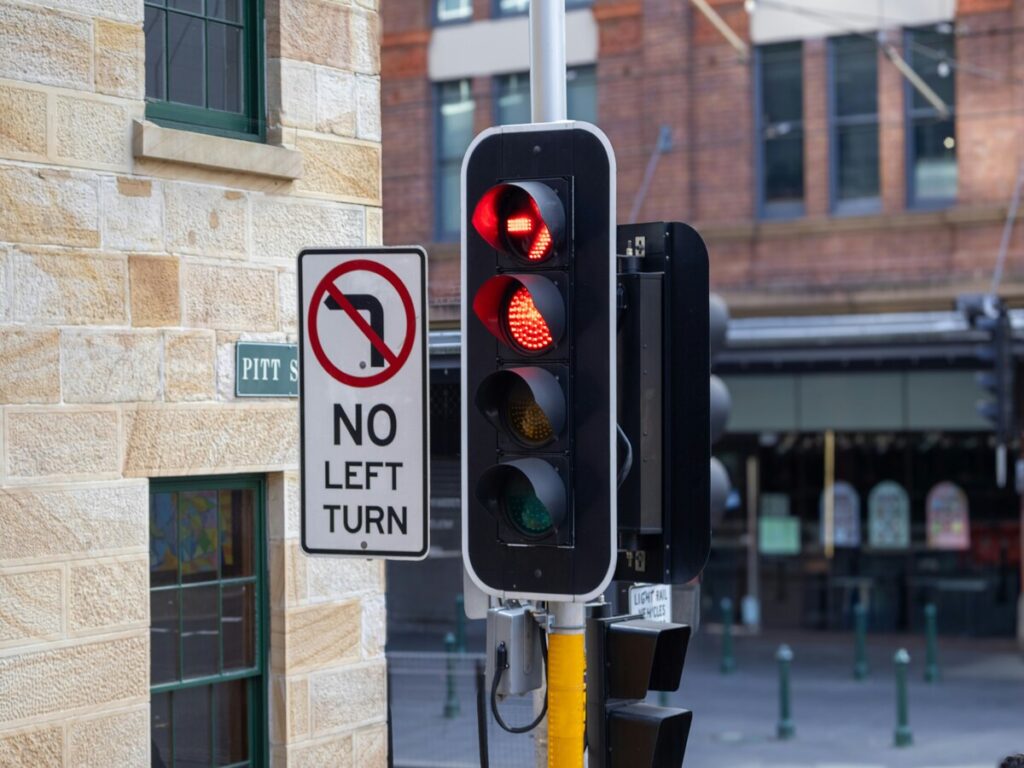
Standard
Le norme normative indicano ai team come utilizzare i segnali di controllo del traffico. Le agenzie ufficiali devono dire sì prima di utilizzare qualsiasi segnaletica normativa. Ogni segno deve seguire regole rigide per il colore, forma, e dimensioni. La segnaletica di sicurezza deve essere facilmente visibile sia di giorno che di notte. Le squadre devono posizionare i segnali alla giusta altezza e distanza dalla strada. Per esempio, i segnali di sicurezza stradale portatili devono essere almeno 1 piede alto e 3 metri dalla strada. I segnali montati sui veicoli devono essere almeno 4 piedi sopra il suolo. I segnali sulle barriere devono essere fissati saldamente in modo che non si impiglino. Le squadre devono mantenere tutti i segnali puliti e facili da leggere. Se un segno è rotto o difficile da vedere, deve essere sostituito rapidamente. Se i segni temporanei sono diversi da quelli permanenti, le squadre dovranno coprire o togliere la segnaletica permanente come prevede la legge.
Nota: Il rispetto degli standard normativi garantisce la sicurezza dei lavoratori e degli autisti. Aiuta anche i team a evitare multe e problemi legali.
Guida del produttore
I produttori forniscono indicazioni chiare per l'installazione e la manutenzione della segnaletica di sicurezza. Le squadre devono posizionare i segnali in modo che tutti sulla strada possano vederli. La giusta altezza e angolazione aiutano le persone a vedere meglio i segnali, anche di notte. Le squadre dovrebbero utilizzare pali robusti e fissaggi stretti in modo che i segnali non cadano. La pulizia dei segnali spesso li mantiene facili da leggere. I controlli mensili aiutano i team a individuare tempestivamente i danni. Le revisioni annuali assicurano che la segnaletica rispetti ancora le norme di sicurezza. Per segnaletica elettronica, le squadre devono controllare spesso batterie e pannelli solari. L'utilizzo di materiali resistenti come l'acciaio zincato o la plastica resistente ai raggi UV aiuta i segnali a durare più a lungo. La formazione delle squadre affinché affiggano i segnali nel modo corretto previene gli incidenti e garantisce la sicurezza di tutti.
Elenco di controllo delle decisioni
Una lista di controllo aiuta i team a seguire le regole e le migliori pratiche:
- Assicurati che tutti i segnali abbiano l'approvazione ufficiale.
- Controlla che ogni cartello sia della giusta dimensione, colore, e nel posto giusto.
- Guarda come sono fissati i segnali e controlla l'altezza.
- Pulisci e controlla la segnaletica prima di utilizzarli.
- Cambia qualsiasi segno rotto o difficile da leggere.
- Controlla che tutte le regole siano rispettate.
- Formare tutto il personale a montare e custodire la segnaletica in sicurezza.
| Fare un passo | Azione richiesta |
|---|---|
| Approvazione | Verificare l'approvazione normativa |
| Posizionamento | Assicurati che l'altezza e lo spazio siano corretti |
| Manutenzione | Pulisci e controlla spesso la segnaletica |
| Formazione | Insegnare ai team la sicurezza |
Mancia: L'utilizzo di una lista di controllo aiuta a mantenere elevata la sicurezza e garantisce che ogni segnaletica rispetti le regole.
I segnali stradali magnetici sono molto flessibili per lavori a breve termine. Le squadre possono montarli velocemente e cambiarli facilmente. Questi segnali mostrano messaggi di sicurezza facili da vedere. Gli esperti dicono che le squadre dovrebbero seguire le regole e usare cavalcature forti. Devono anche prestare attenzione alla segnaletica per garantire la sicurezza di tutti. Controllando spesso i segnali, mettendoli al posto giusto, e la formazione del personale aiuta a prevenire gli incidenti. I segnali magnetici funzionano meglio quando le squadre scelgono quelli giusti per il tempo, velocità, e sito. Nuovi design e una migliore tecnologia continuano a rendere la segnaletica più sicura.
Per ulteriori approfondimenti su come le scelte dei materiali stanno plasmando il futuro della segnaletica stradale in Australia, dai un'occhiata al nostro ultimo blog, In che modo le scelte materiali modellano il futuro dei segnali stradali in vendita in Australia.
Domande frequenti
Quali superfici funzionano meglio con i segnali stradali magnetici?
I segnali stradali magnetici aderiscono meglio se puliti, superfici metalliche piane. L'acciaio verniciato e il ferro garantiscono la tenuta più forte. L'alluminio e la plastica non supportano i magneti.
Le squadre possono utilizzare segnali magnetici in caso di pioggia o neve??
Le squadre possono utilizzare segnali magnetici in caso di pioggia, ma devono controllare spesso la presa. Superfici bagnate o ghiacciate possono indebolire la presa del magnete. I controlli di sicurezza aiutano a prevenire i problemi.
Con quale frequenza le squadre dovrebbero ispezionare la segnaletica magnetica?
Le squadre dovrebbero ispezionare i segnali magnetici prima di ogni turno. I controlli regolari aiutano a individuare segni allentati o mancanti. Ciò mantiene l’area di lavoro sicura per tutti.
I segnali stradali magnetici soddisfano gli standard di sicurezza legali?
I segnali stradali magnetici possono soddisfare gli standard legali se le squadre seguono tutte le regole relative alle dimensioni, colore, e posizionamento. I team devono sempre verificare le normative locali e utilizzare prodotti approvati.

